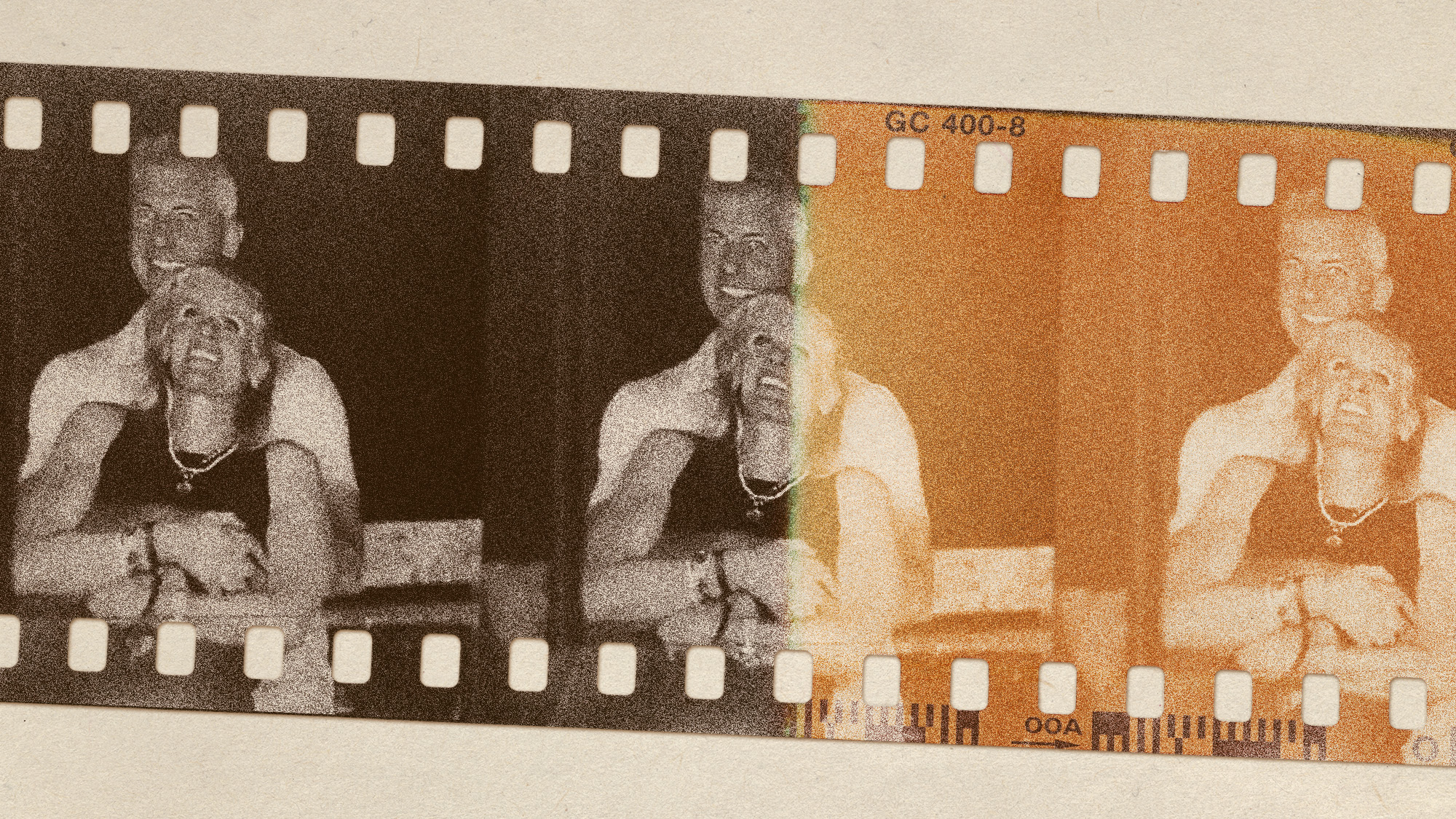How ‘narco-submarine’ carrying £85m cocaine was captured off Spain
One crew member still on the loose after craft intercepted off the coast of Galicia


A 22-metre trans-Atlantic submarine carrying £85m of cocaine was intercepted by police off the coast of Spain earlier this week, giving a glimpse of the scale and sophistication of the global drugs trade.
On Wednesday, the UK’s National Crime Agency (NCA) said that the chances were a large portion of the cargo was destined for the streets of Britain.
The craft - dubbed the “narco-submarine” in the press - was reportedly travelling from Colombia and carrying 3,000kg - roughly three tonnes - of high-quality cocaine.
The Week
Escape your echo chamber. Get the facts behind the news, plus analysis from multiple perspectives.

Sign up for The Week's Free Newsletters
From our morning news briefing to a weekly Good News Newsletter, get the best of The Week delivered directly to your inbox.
From our morning news briefing to a weekly Good News Newsletter, get the best of The Week delivered directly to your inbox.
How was it discovered?
The EU’s Maritime Analysis and Operation Centre tipped off Spainish authorities that a semi-submersible carrying cocaine was crossing the Atlantic, prompting a coordinated air-and-sea search.
It was floated to the surface off the coast of Galicia, north-west Spain, on Monday night and two Ecuadorian crew members were arrested attempting to swim ashore in bad weather. A third, a Spanish national, remains on the loose after managing to elude the joint forces of the Spanish National Police, Civil Guard and Coast Guard. Police forces from the UK, Portugal, the US and Brazil were also involved.
The crew had apparently been travelling for more than 20 days, and had spent another seven waiting off Galicia’s coast in worsening weather for their cargo to be picked up. “Conditions at sea meant that the [craft] wasn’t able to deliver the drugs to a second vessel,” said a statement by the Guardia Civil.
A free daily email with the biggest news stories of the day – and the best features from TheWeek.com
“Its crew members then headed towards the coast, where they scuttled and abandoned the vessel. The manoeuvre was detected by a Guardia Civil patrol using night-vision goggles, who then noted the boat’s arrival point and the subsequent fleeing of its crew.”
Dozens of officials were reportedly waiting ashore, hoping to witness the transfer of the cocaine to a pick-up boat.
The length of the journey means the craft would have had to have been refuelled as it crossed the ocean. As such, police are now expanding their investigation to potential accomplices.
Where did the submarine come from?
“Investigators believe the 22-metre submarine was built in a clandestine shipyard in South America, probably in Suriname or Guyana,” El Pais reports. The craft is estimated to have cost £2.5 million to build, a sum that underlines the resources, expertise, and rewards available to trafficking gangs.
–––––––––––––––––––––––––––––––For a round-up of the most important stories from around the world - and a concise, refreshing and balanced take on the week’s news agenda - try The Week magazine. Get your first six issues free–––––––––––––––––––––––––––––––
There have long been suspicions that gangs use submarines to evade detection transporting cocaine to Europe.
“Some of those arrested at one time or another said in some police investigation that, yes, the drug arrived in submarines, but so far there was no evidence,” Marta Fontan, a journalist at Faro de Vigo, told Euronews. “It is the first time that it is known that a submarine that leaves South America loaded with cocaine arrives here.”
The Guardian adds that “Galicia’s rias, or inlets, have long been a smuggler’s paradise, but in recent years local drug clans have used them as the main European entry point of Colombian cocaine.”
William Gritten is a London-born, New York-based strategist and writer focusing on politics and international affairs.
-
 What have Trump’s Mar-a-Lago summits achieved?
What have Trump’s Mar-a-Lago summits achieved?Today’s big question Zelenskyy and Netanyahu meet the president in his Palm Beach ‘Winter White House’
-
 The most anticipated movies of 2026
The most anticipated movies of 2026The Week Recommends If the trailers are anything to go by, film buffs are in for a treat
-
 The biggest viral moments of 2025
The biggest viral moments of 2025In the Spotlight From the Coldplay concert kiss cam to a celebrity space mission, these are some of the craziest, and most unexpected, things to happen this year
-
 How Bulgaria’s government fell amid mass protests
How Bulgaria’s government fell amid mass protestsThe Explainer The country’s prime minister resigned as part of the fallout
-
 Femicide: Italy’s newest crime
Femicide: Italy’s newest crimeThe Explainer Landmark law to criminalise murder of a woman as an ‘act of hatred’ or ‘subjugation’ but critics say Italy is still deeply patriarchal
-
 Brazil’s Bolsonaro behind bars after appeals run out
Brazil’s Bolsonaro behind bars after appeals run outSpeed Read He will serve 27 years in prison
-
 Americans traveling abroad face renewed criticism in the Trump era
Americans traveling abroad face renewed criticism in the Trump eraThe Explainer Some of Trump’s behavior has Americans being questioned
-
 Nigeria confused by Trump invasion threat
Nigeria confused by Trump invasion threatSpeed Read Trump has claimed the country is persecuting Christians
-
 Sanae Takaichi: Japan’s Iron Lady set to be the country’s first woman prime minister
Sanae Takaichi: Japan’s Iron Lady set to be the country’s first woman prime ministerIn the Spotlight Takaichi is a member of Japan’s conservative, nationalist Liberal Democratic Party
-
 Russia is ‘helping China’ prepare for an invasion of Taiwan
Russia is ‘helping China’ prepare for an invasion of TaiwanIn the Spotlight Russia is reportedly allowing China access to military training
-
 Interpol arrests hundreds in Africa-wide sextortion crackdown
Interpol arrests hundreds in Africa-wide sextortion crackdownIN THE SPOTLIGHT A series of stings disrupts major cybercrime operations as law enforcement estimates millions in losses from schemes designed to prey on lonely users
